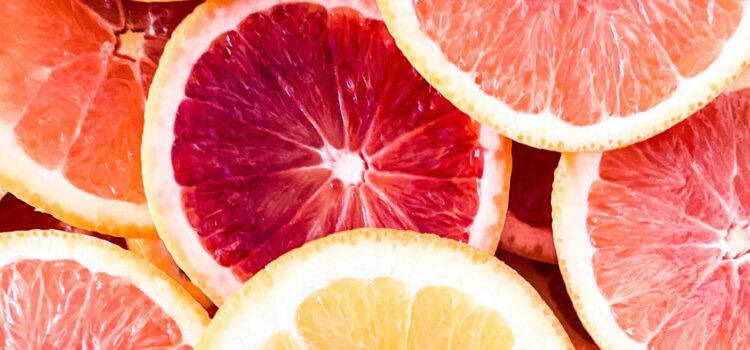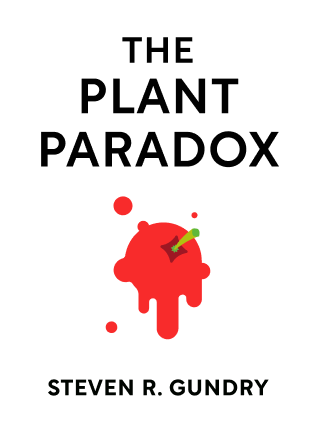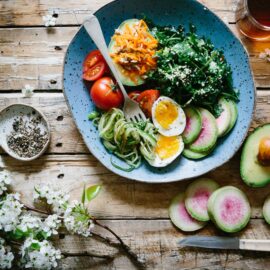

This article is an excerpt from the Shortform summary of "The Plant Paradox" by Steven R. Gundry. Shortform has the world's best summaries of books you should be reading.
Like this article? Sign up for a free trial here .
Are all fruits off-limits on the Plant Paradox Program? Are there any low-lectin fruits?
Low-lectin fruits are rare, but they do exist. You can avoid the negative impacts of fruits by focusing on low-lectin fruits and fruits that are resistant starches.
Read more about low-lectin fruits and what fruits you can eat when following the Plant Paradox Program.
Fruits High in Lectins
Fruit trees want their seeds to be eaten. When predators eat these seeds (and later distribute them) they’re helping to spread them far and wide, which helps the plant’s chance of survival. If the fruit were to simply drop on the ground below the mother plant, those seeds would have to compete for sun, moisture, and nutrients.
However, plants don’t want predators to eat these seeds until the seeds have fully developed the hard coating to survive digestion—when the fruit is ripe. Consequently, unripe fruit is a different color (usually green) to indicate that it’s not ready yet and contains toxins (including lectins) designed to make predators sick. Once the fruit is ripe, and the seeds are ready for their journey, the levels of lectins drop and the fruit develops its rightful color to alert animals that it’s ready to eat.
When you buy out-of-season fruit, it’s typically grown in another country, picked unripe, shipped, and then blasted with a gas that changes the fruit’s color to make it look ripe. However, fruit that doesn’t ripen naturally never gets the message from the mother plant to lower lectin levels so they are fruits high in lectins. As a result, when you eat fruit out of season, you’re ingesting large amounts of lectins.
Low-Lectin Fruits and the Plant Paradox Program
Fruits contain sugar that signal to your body that it’s summertime (aka fat-storing season), so you can only have them in limited servings. In addition to familiar fruits, this includes several that are commonly called vegetables, such as nightshades (e.g. eggplants, tomatoes, peppers, and goji berries) and squash (e.g. cucumbers, pumpkins, and zucchini).
Your body processes fruit like candy. Remember that any time your body detects sweetness (even if it’s fruit or sugar-free artificial sweeteners), it reacts the same way—by storing fat. There are only a few fruits that won’t have this effect:
- Unripe bananas
- Unripe mangoes
- Unripe papayas
- Avocados
During the first phase of the Plant Paradox Program, you avoid fruit during the cleanse. In phase 2, you can eat limited quantities. You can have one avocado a day because it has good fats, and enjoy unripe papayas, unripe mangoes, and unripe bananas because these are resistant starches. Other fruits must be limited, including berries, cherries, apples, peaches, plums, and citrus (not juice).

———End of Preview———
Like what you just read? Read the rest of the world's best summary of Steven R. Gundry's "The Plant Paradox" at Shortform .
Here's what you'll find in our full The Plant Paradox summary :
- Why eating more vegetables isn't enough, and why some vegetables are toxic to your body
- The science behind lectins and how they tear apart your body, making you fat and sick
- The 6-week program to get your body back on healthy grack







Great, short summary, thank you.